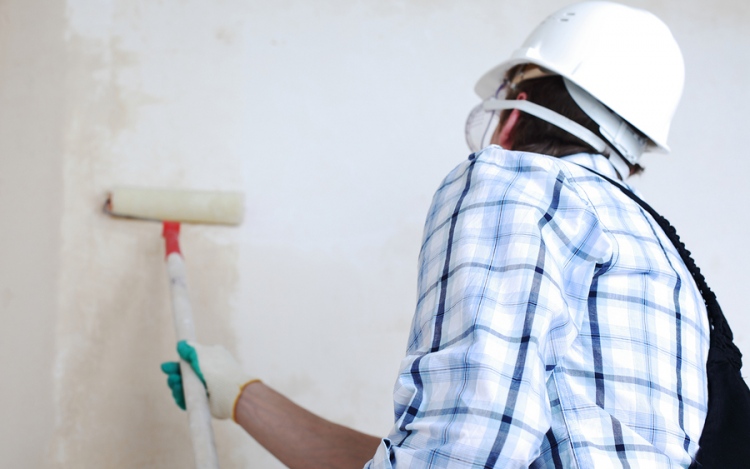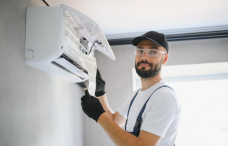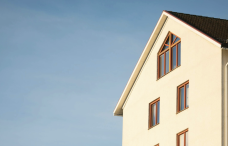In reality, interior painting may require very careful preparation, perhaps even more than with exterior painting. It is preferable to choose odourless paints, so we can paint it at anytime of the year. Interior painting should be performed during spring or summer, so we can leave the door and windows open to properly ventilate the room. However, we may need to close them during hot days, because dust could mar the newly painted surface. A perfect interior painting job should be 50 percent painting and 50 percent preparation. We shouldn’t rush due to our eagerness that we paint the wall haphazardly with roller or brush. If we don’t prepare it correctly, it is possible that we need to repaint the surface after just one month. We should look for all necessary information about interior painting, for both wall and ceiling. Plaster should be smooth, dry and in good condition. If we don’t use water paint, it should be coated with primer sealer. The newly painted surface should be thoroughly dry and we should inspect for uniformity. Variations in color and gloss differences may indicate that the surface isn’t properly sealed.
In this case, we may need to apply another coat of primer sealer. Some suction spots could be visible and we may also need to put another coat of primer sealer on them. We may apply high gloss, semi gloss or flat finish on the primed surface. If we choose flat finish, we could use a couple coats of flat wall paint after the priming coat. One coat of flat wall paint and semi gloss paint should be applied to a primed surface to achieve a semi-gloss finish. One coat of high gloss enamel and semi gloss paint each can be applied on top of priming coat if we want to get high gloss finish. New plastered walls should be sized with glue water size or primer sealer before we apply calcimine-based water paints. Casein-based cold water paints can be applied directly to the plastered surface. Alternatively, the surface should be given the primer sealer coat to equalize the uneven suction effects. The same method can also be used for resin emulsion paints, however, because these paints contain some oil, we should make sure that the plaster is completely dry.
Plaster surfaces may get texture wall paints and it can be an economical solution, because one coat of texture wall paint can give us proper textured decoration. This is especially useful for homeowners who want to escape the monotony of standard flat paint. Texture wall paints can also be used to cover patches or cracks in the plaster better than when we use ordinary wall paint. Unfortunately, texture wall paints may easily collect dust and it could be quite difficult to achieve smoother finish. It should be noted that oil-based paints can be heavier than ordinary water-based paints, so it is important to consider this fact when we paint the interior of our house.




